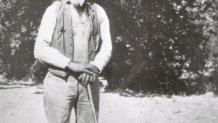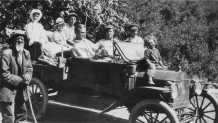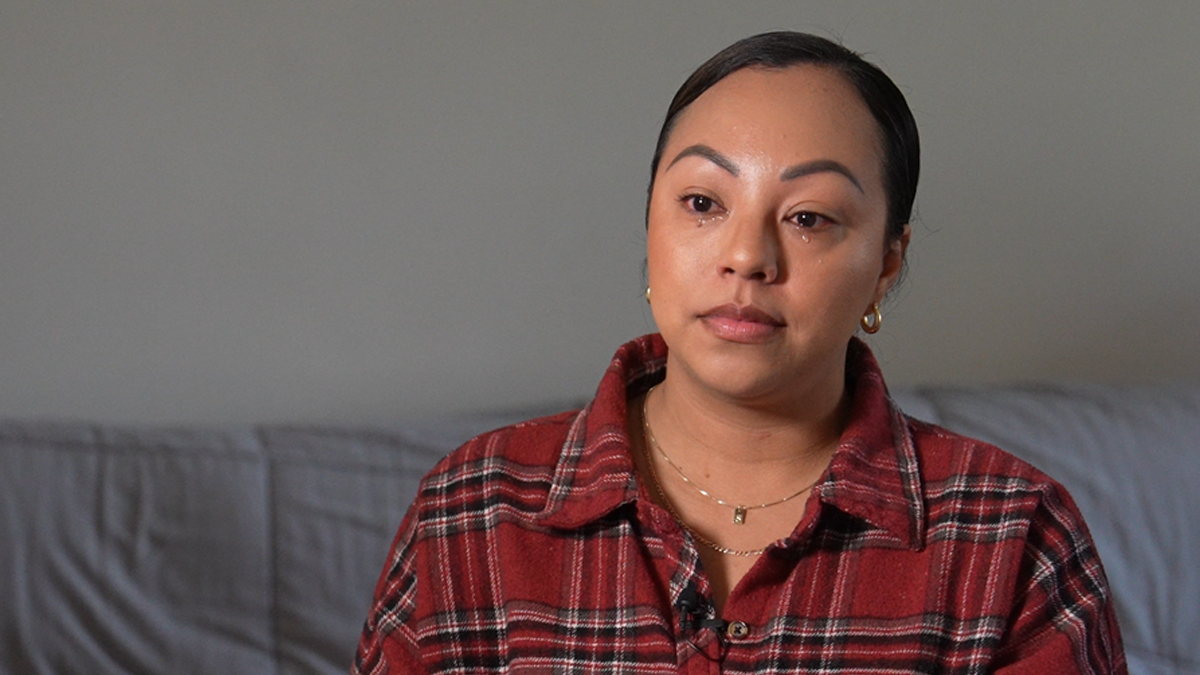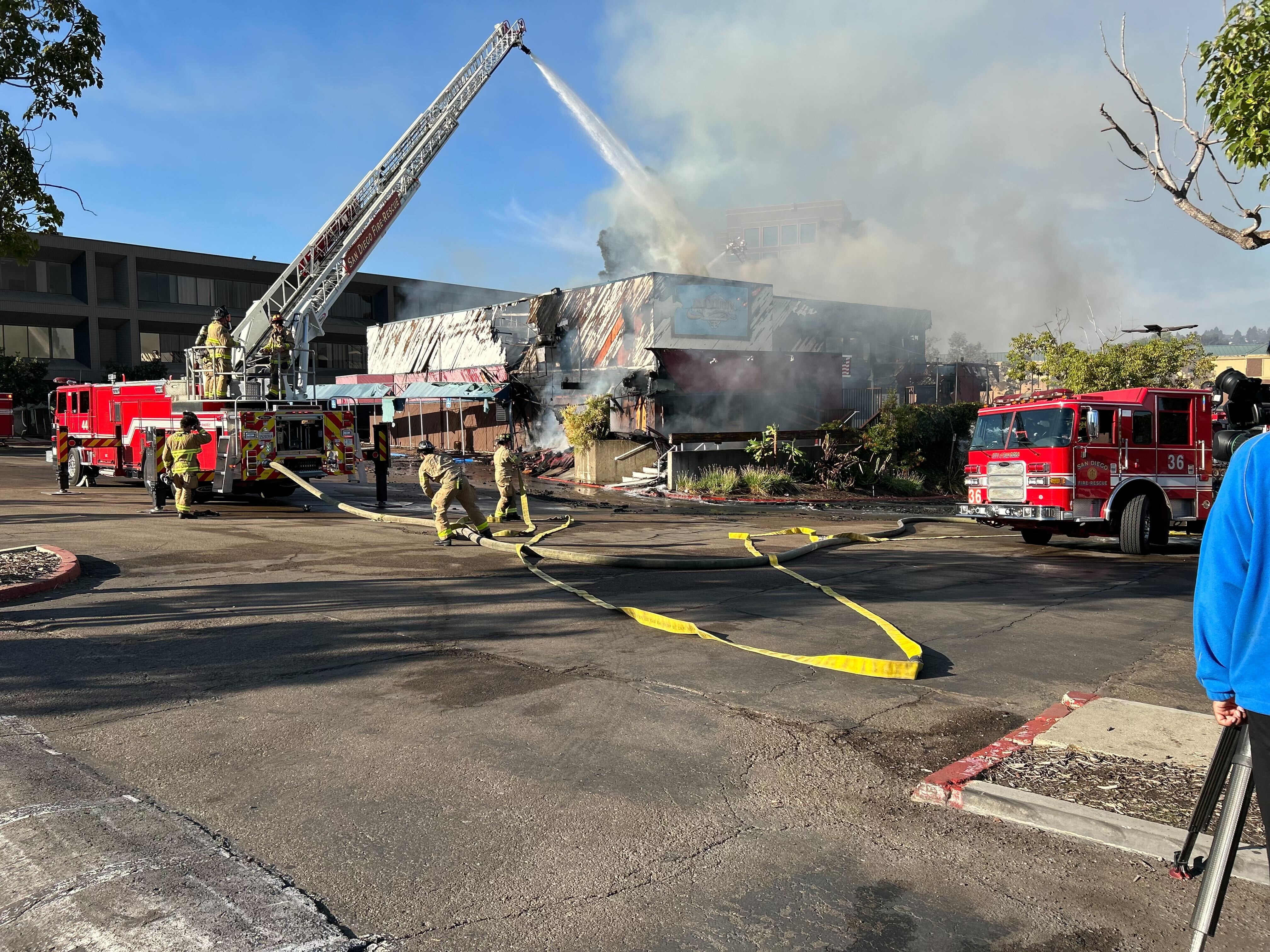As the nation continues to celebrate Juneteenth, a local archaeologist is digging into the story of a former slave who later went on to embody the ideals of the American dream.
Archeologist and San Diego State professor Seth Mallios, Ph.D., has made it his life’s work to make Nathan Harrison famous again.

Harrison was San Diego County’s first African-American homesteader and a local legend. He was born a slave in Kentucky in circa 1833 and later freed after his owner’s death.
In the late 1880s, Harrison made his home two-thirds of the way up the west side of Palomar Mountain and was busy in many local industries. He later became a popular attraction for tourists, visitors, and friends, who helped sustain him with gifts of food and other supplies.

Harrison was photographed far more than any other local legend who lived in San Diego, including American real estate developer, Alonzo Horton.
Local
Sixteen years ago, Mallios started conducting archaeological excavations at Harrison's original hillside homestead. Along with students, they have uncovered over 50,000 artifacts through a partnership between the private landowner and the university.
"We've found coins, pieces of a pocket watch, silver suspenders clips that had the word, 'president' on them. Things that just blow you away," Mallios said.
October will mark the 100th anniversary of Harrison's death, but plans for a grand celebration on Juneteenth were dissolved due to COVID-19. Mallios spent the day digging alone and explaining -- just as he'll do for anyone willing to listen --why he believes Harrison's life story must be told.
"It's not a story that gets told a lot, and that's one of the things we're trying to do here, is to make it part of public history that says at the outset, 'not only did you have ethnic diversity, but you had people who were to succeed against the bigotry of the time period,'" he said.
Mallios says Harrison was a savvy communicator, building relationships with Native Americans, Mexicans, and the White elite.
"This is the story of being able to overcome obstacles," Mallios said.
A story still relevant, still important, and in many ways still buried beneath the surface.
An exhibit with the artifacts, interactive game, and a reconstructed cabin will open next spring at the San Diego History Center in Balboa Park.
Mallios still hopes to have a big celebration at the site of the dig at some point.
For more information about Harrison, and the archaeology project, click here.



